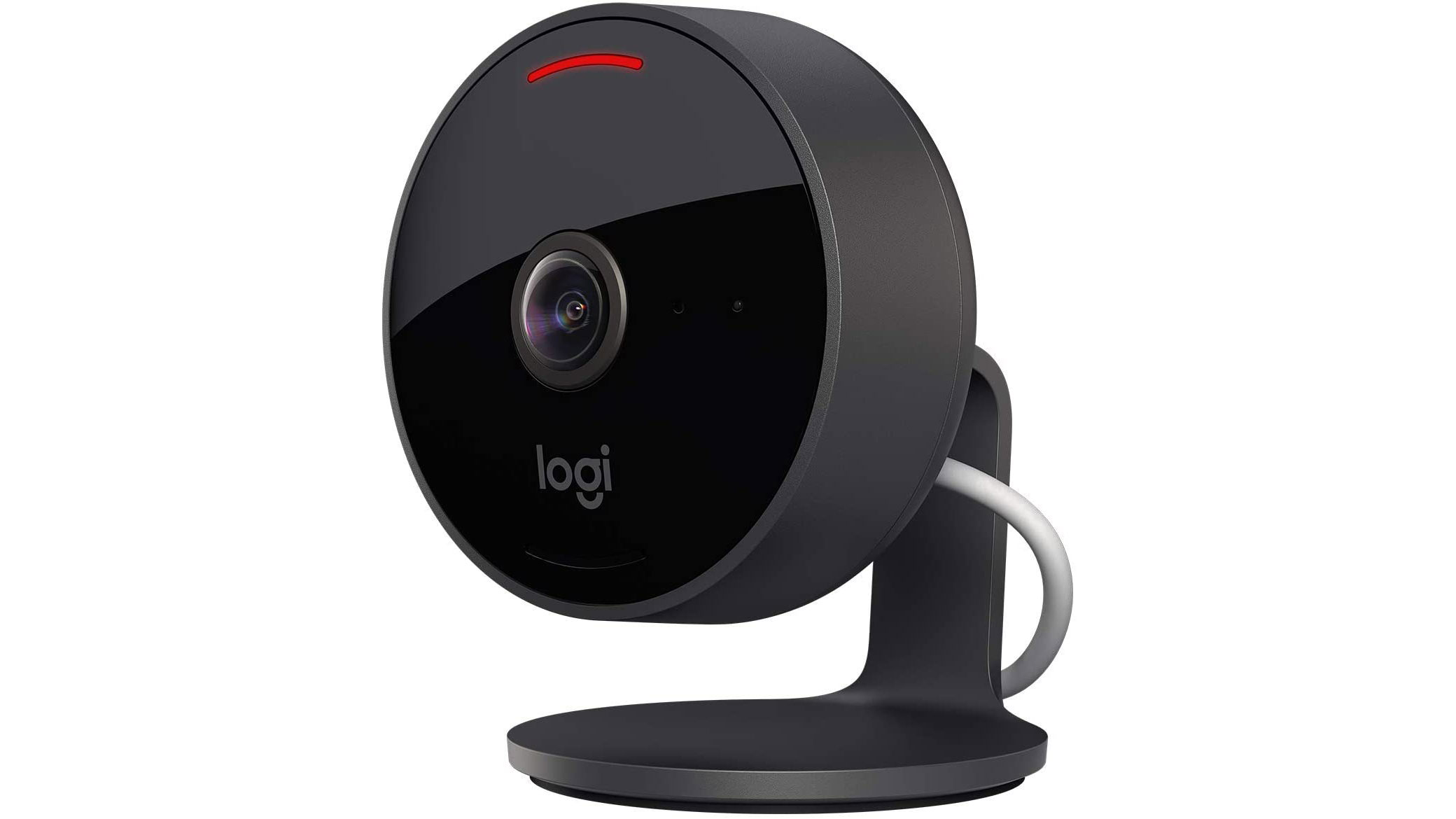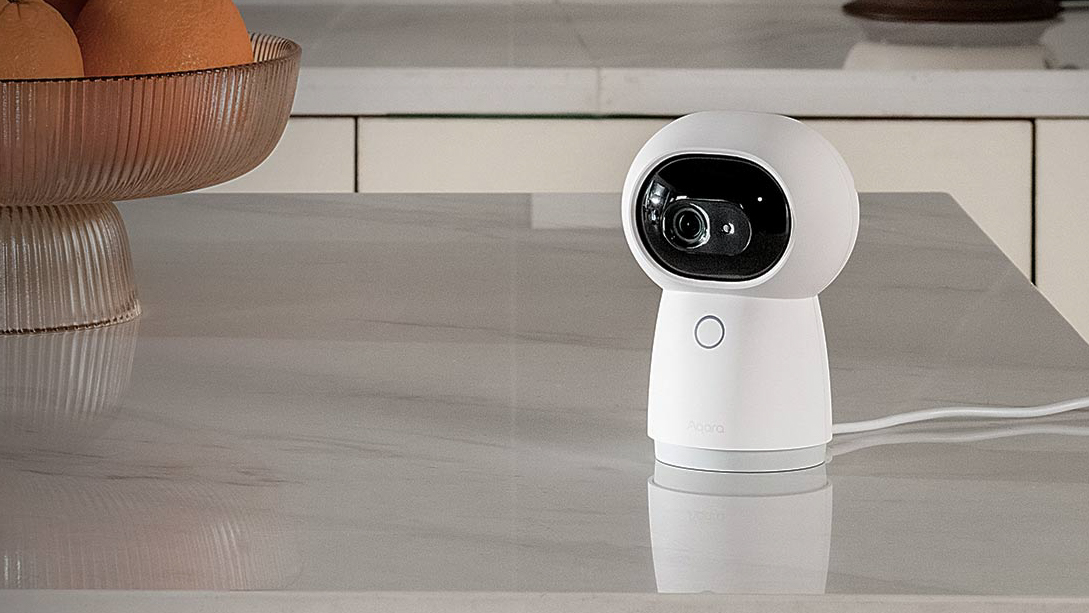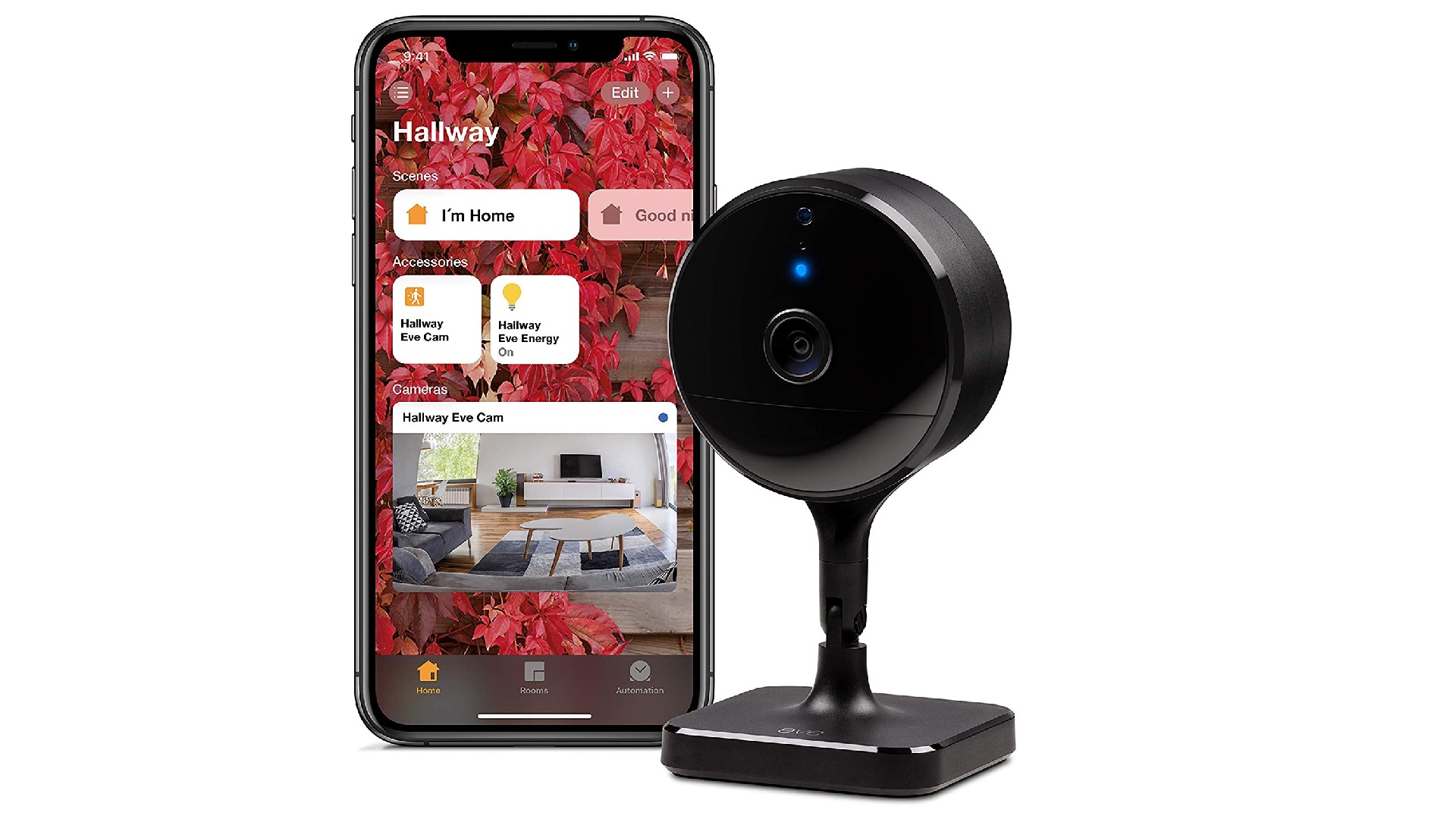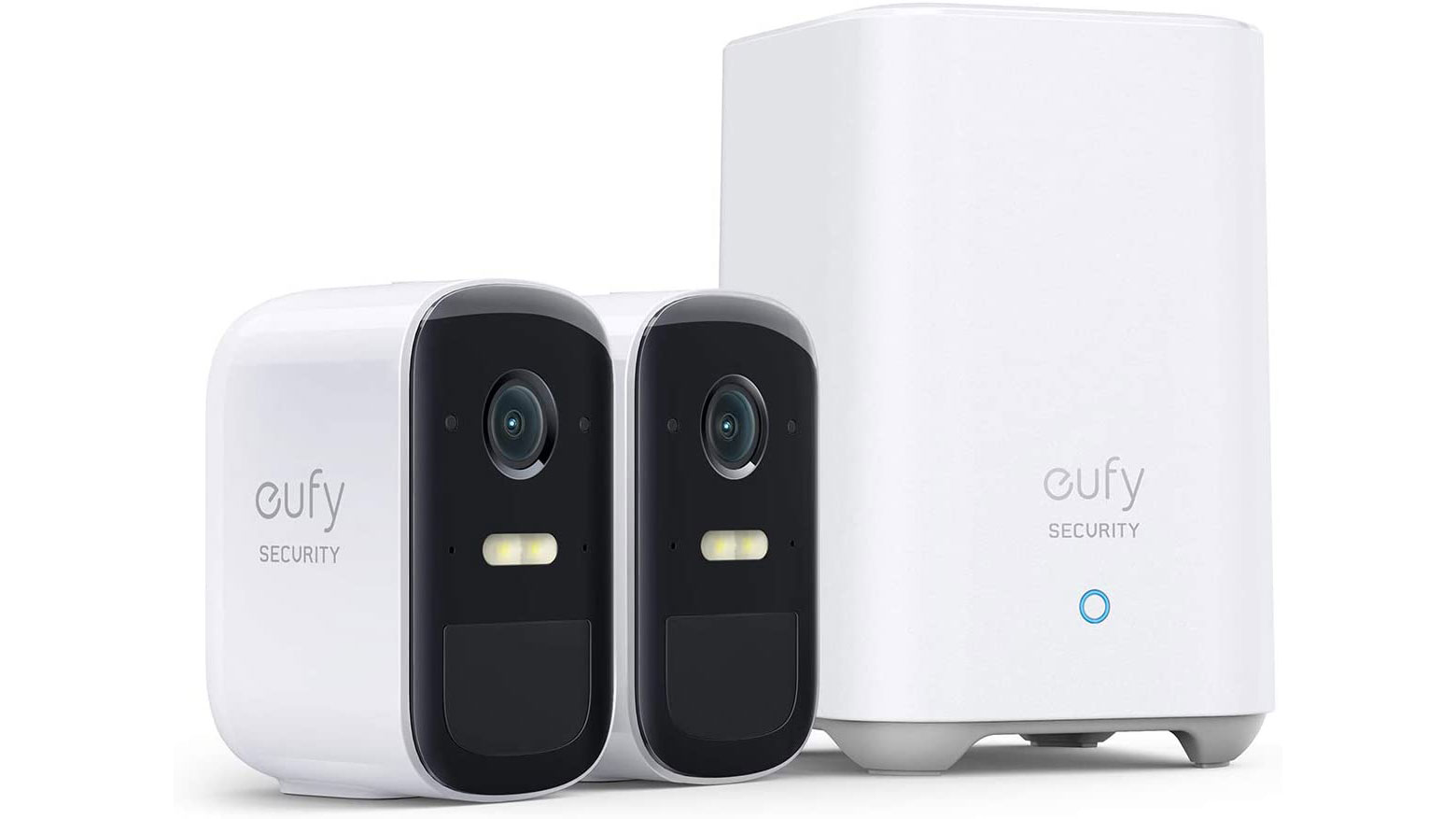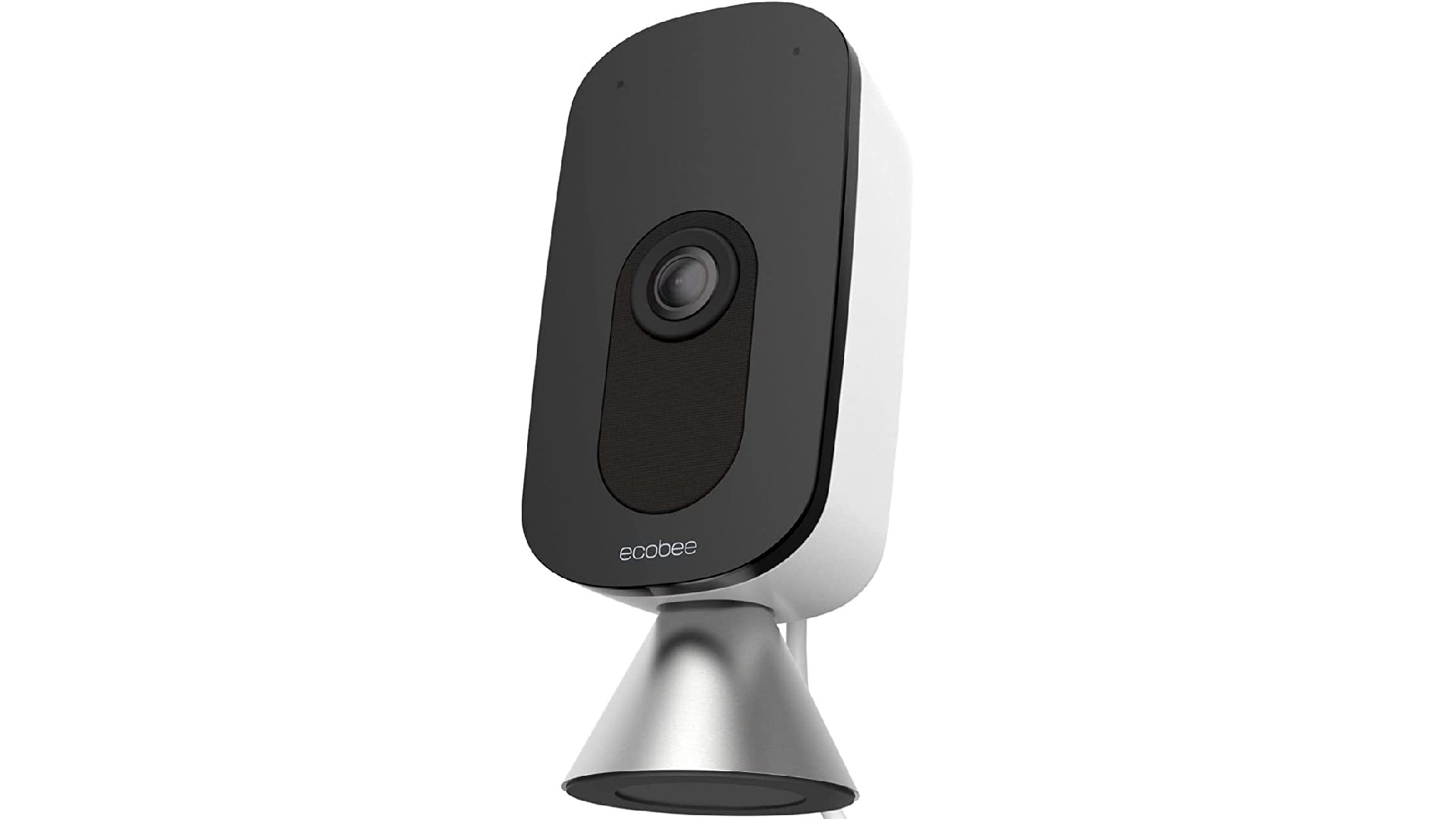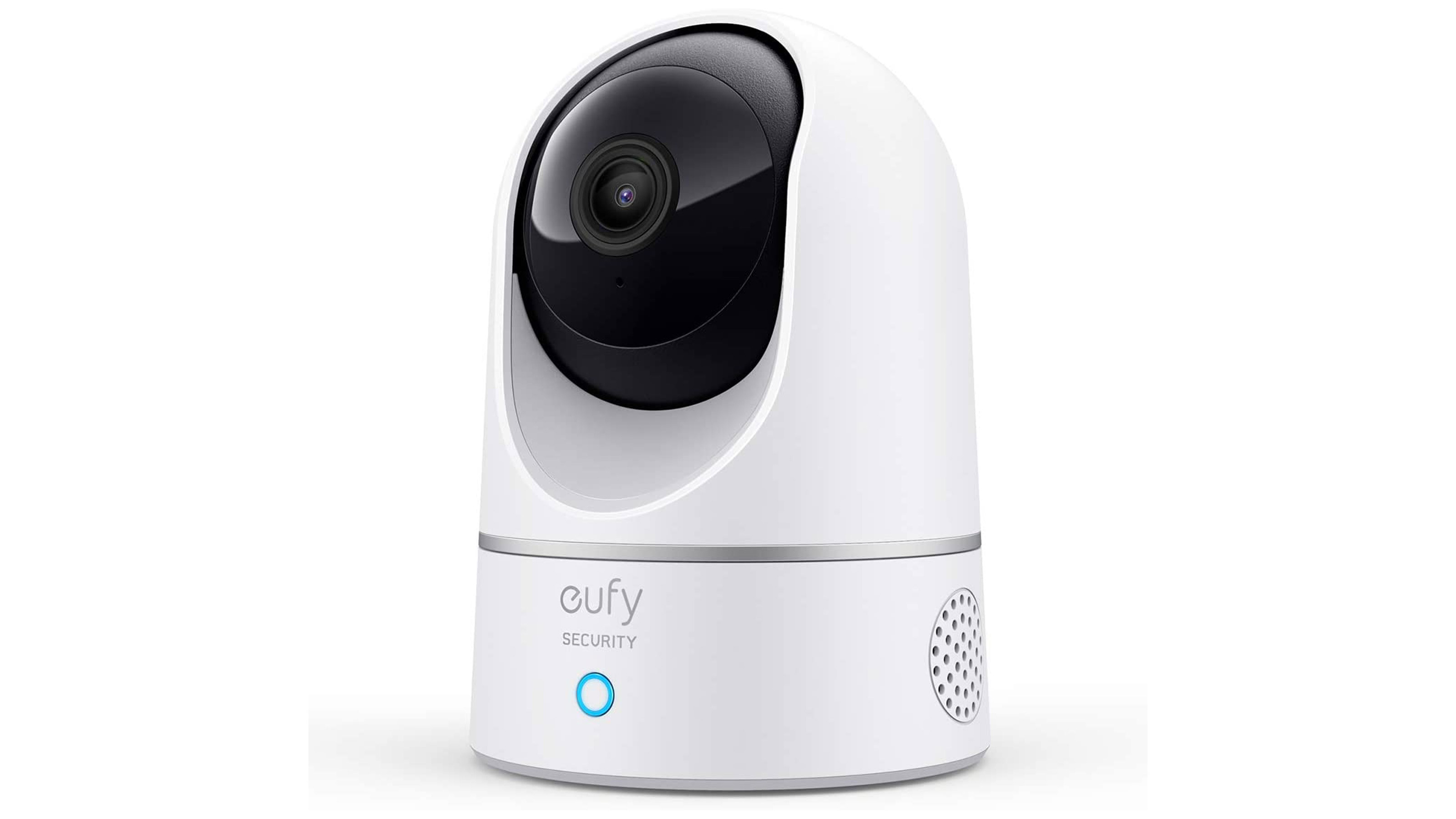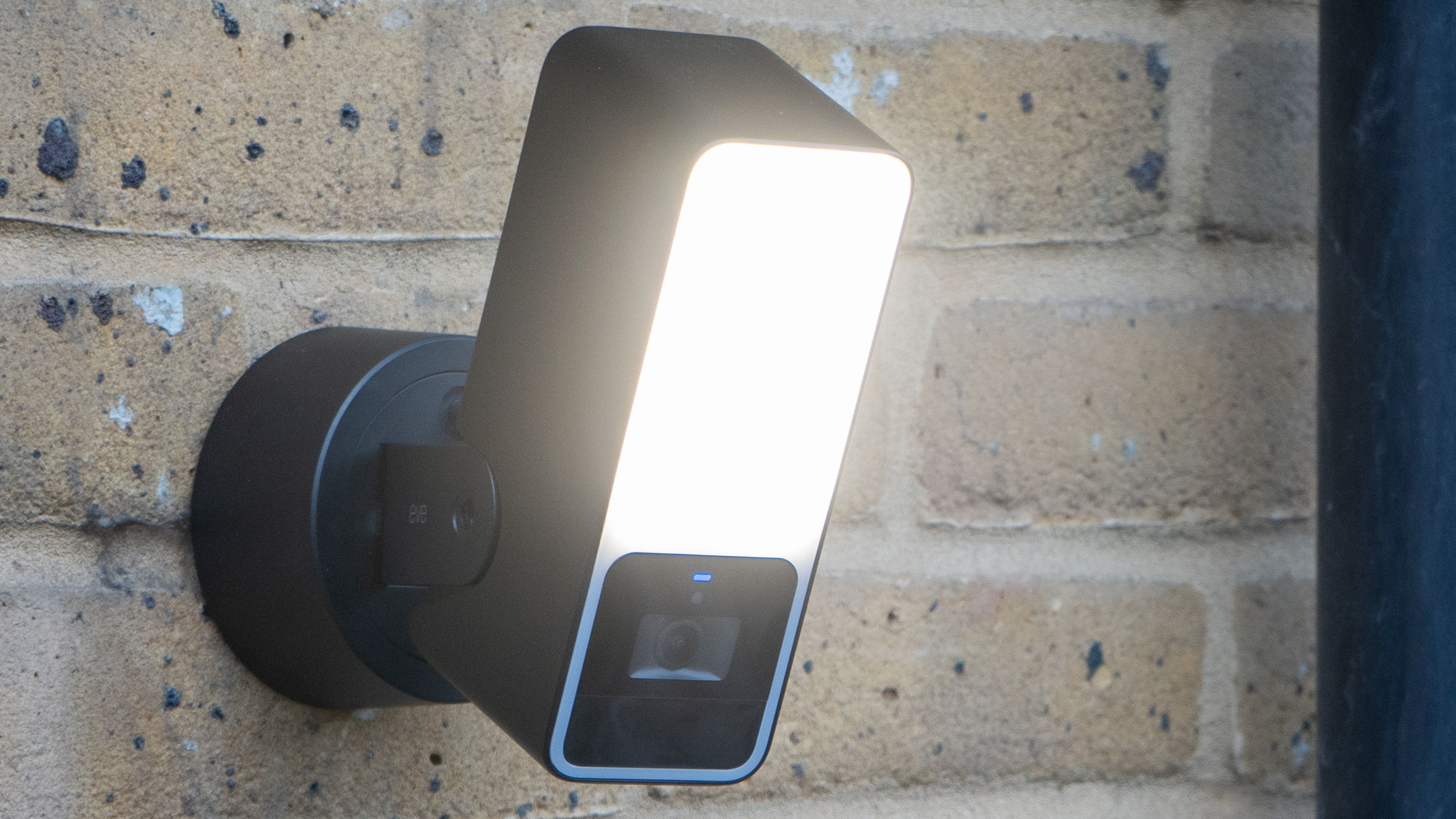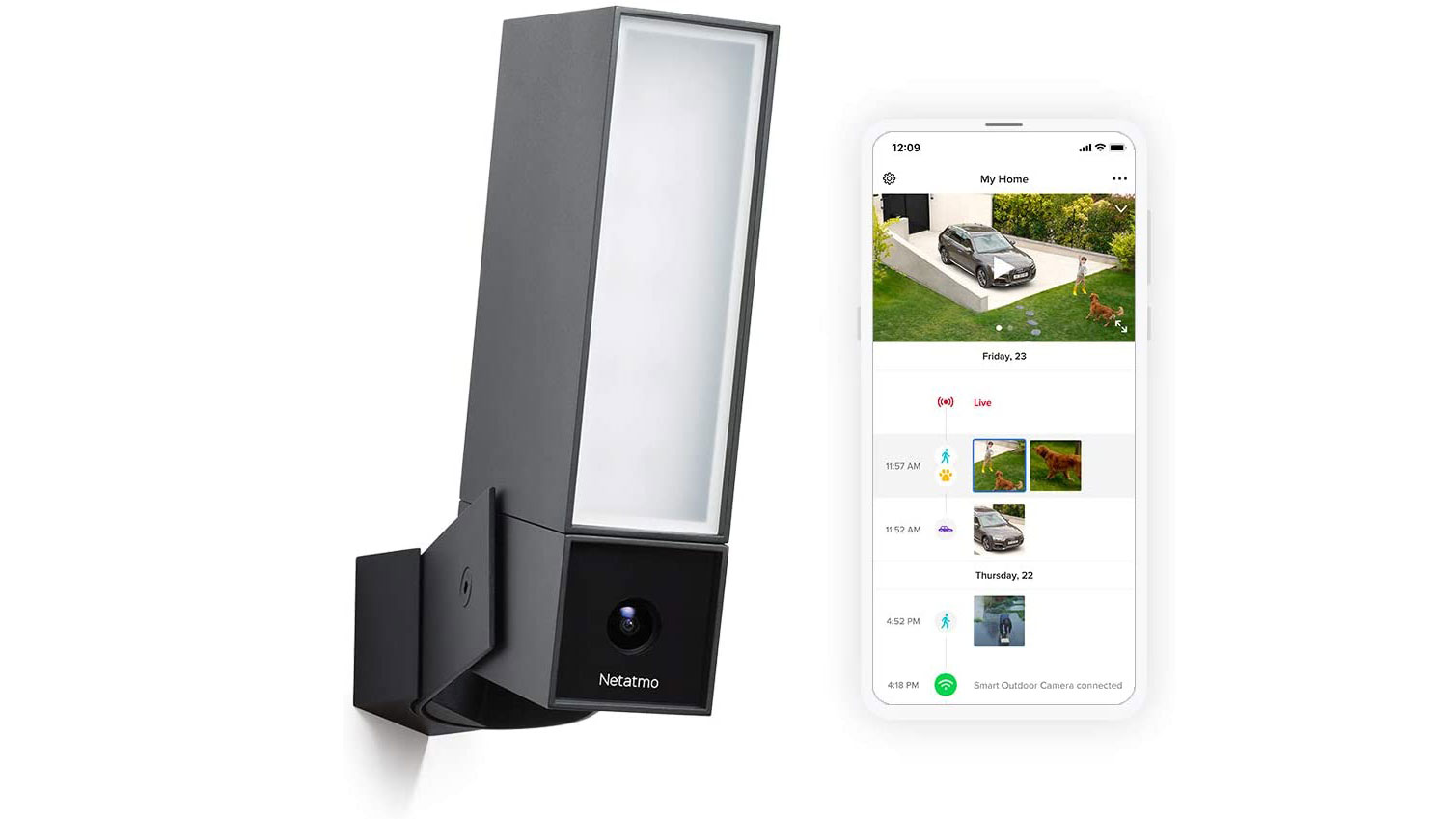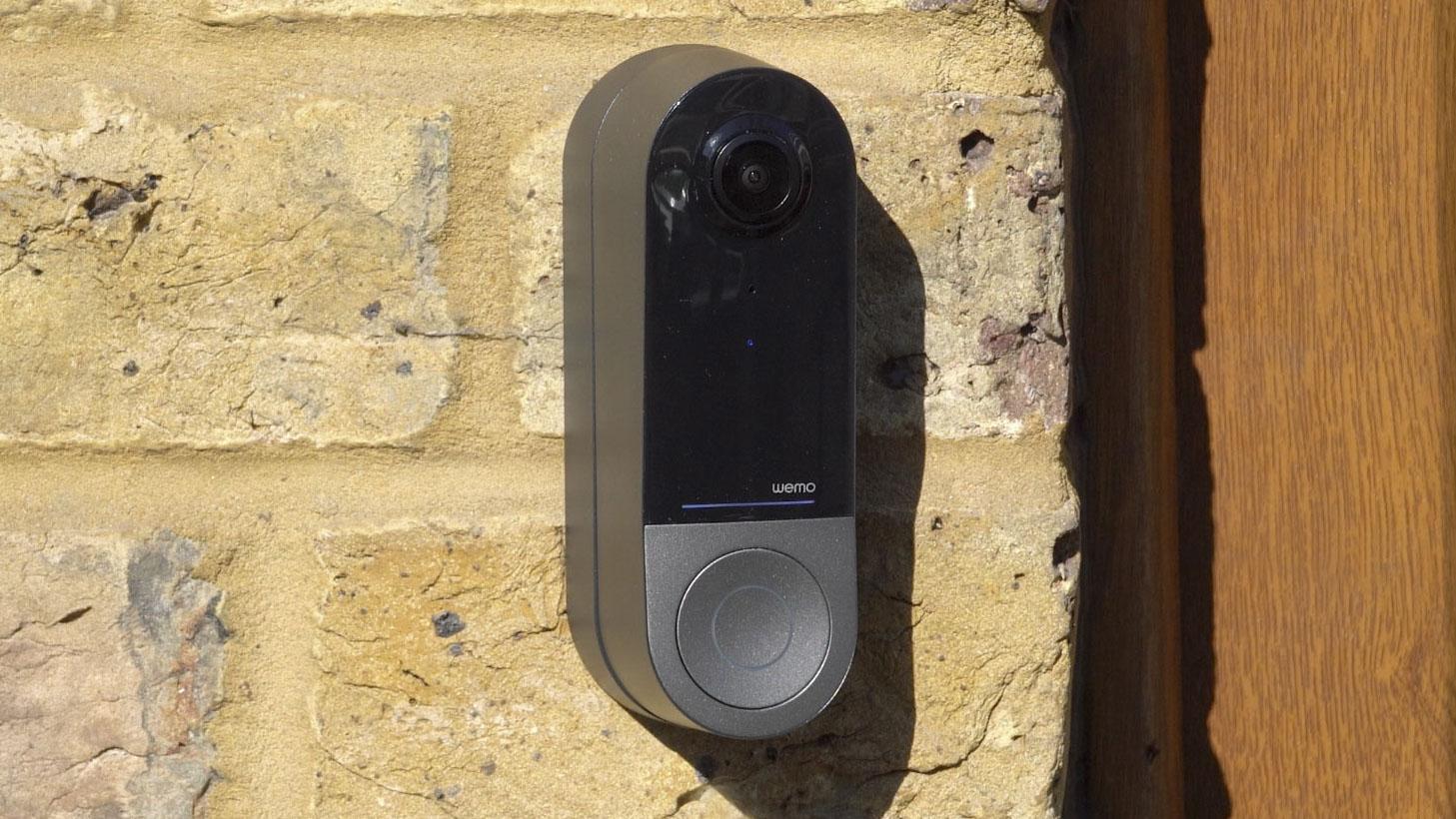The best HomeKit cameras (Apple Home) cameras in 2025: keep your place safe with Apple’s home integration system
The best HomeKit / Apple Home cameras can protect your family, while working smoothly with Siri and Apple devices
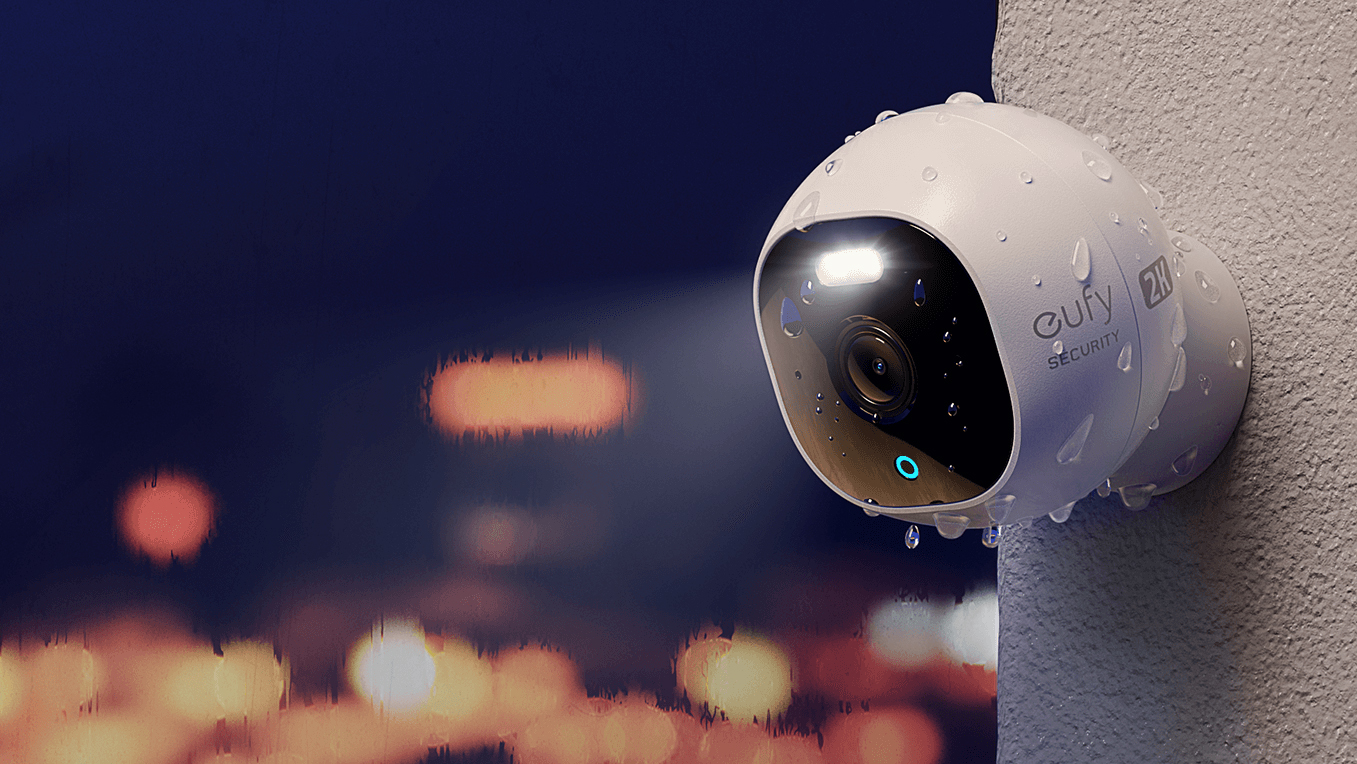
In case you didn't know, HomeKit – the technology underneath "Works with Apple Home" – is Apple’s answer to Alexa or Google Assistant. It allows you to control different household products via the Home app.
HomeKit devices communicate via a central hub built into an Apple device – specifically an Apple TV, HomePod, or iPad – so you need one of these on-site. That keeps things simple for loyal Apple customers, and the HomePod Mini isn't a massive cost if you're looking to get started.
Apple Home allows for cool integrations, such as indoor lights being triggered by sensors or motion on a garden camera, for example. Then there's HomeKit Secure Video. While HomeKit lets you access cameras and view live video, the HomeKit Secure Video service allows you to record that video to iCloud, and use AI features to identify events.
Unlike most competitors, Apple’s AI (detecting people/animals/cars etc. in clips) takes place on your hub device at home. Any video sent to iCloud for storage is encrypted, for privacy.
Another big plus for HomeKit is the relatively low subscription fees (it certainly compares well to Ring, for example). You need a paid iCloud+ account for anything other than live views, but this service provides useful storage for all Apple users and starts at $0.99 / £0.99 a month. The camera’s video is not counted against the data storage, but there are restrictions on how many HomeKit Secure Video cameras you can add, depending on which iCloud+ tier you have:
• 50GB plan: One camera only
• 200GB plan: Up to five cameras
• 2TB plan or higher: Unlimited number of cameras
HomeKit isn’t without issues; the stored video is limited to 1080p, which some say is one of the reasons not all manufacturers have piled in. In truth, it likely has more to do with their desire to make their cloud charges and/or being owned by Amazon (Ring, Blink) or Google (Nest).
In this article, we gather together the best HomeKit cameras on the market today and help you find the right one for your needs.
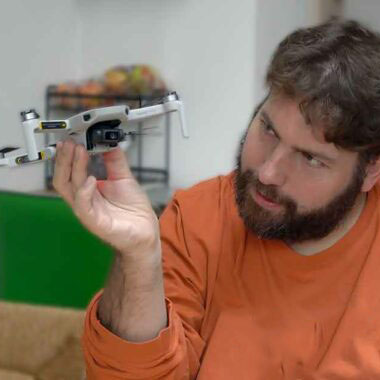
Adam has been obsessed with looking at cameras and gadgets for his whole life, and has developed a deep knowledge of special-purpose cameras, including PTZ cameras, webcams and action cams. (He's also our drone expert, and has written several bestselling books including The Drone Pilot's Handbook).
The Quick List

Equally accomplished indoors or outdoors, the Circle View is painless to set up, and offers high-quality optics. Read more below…
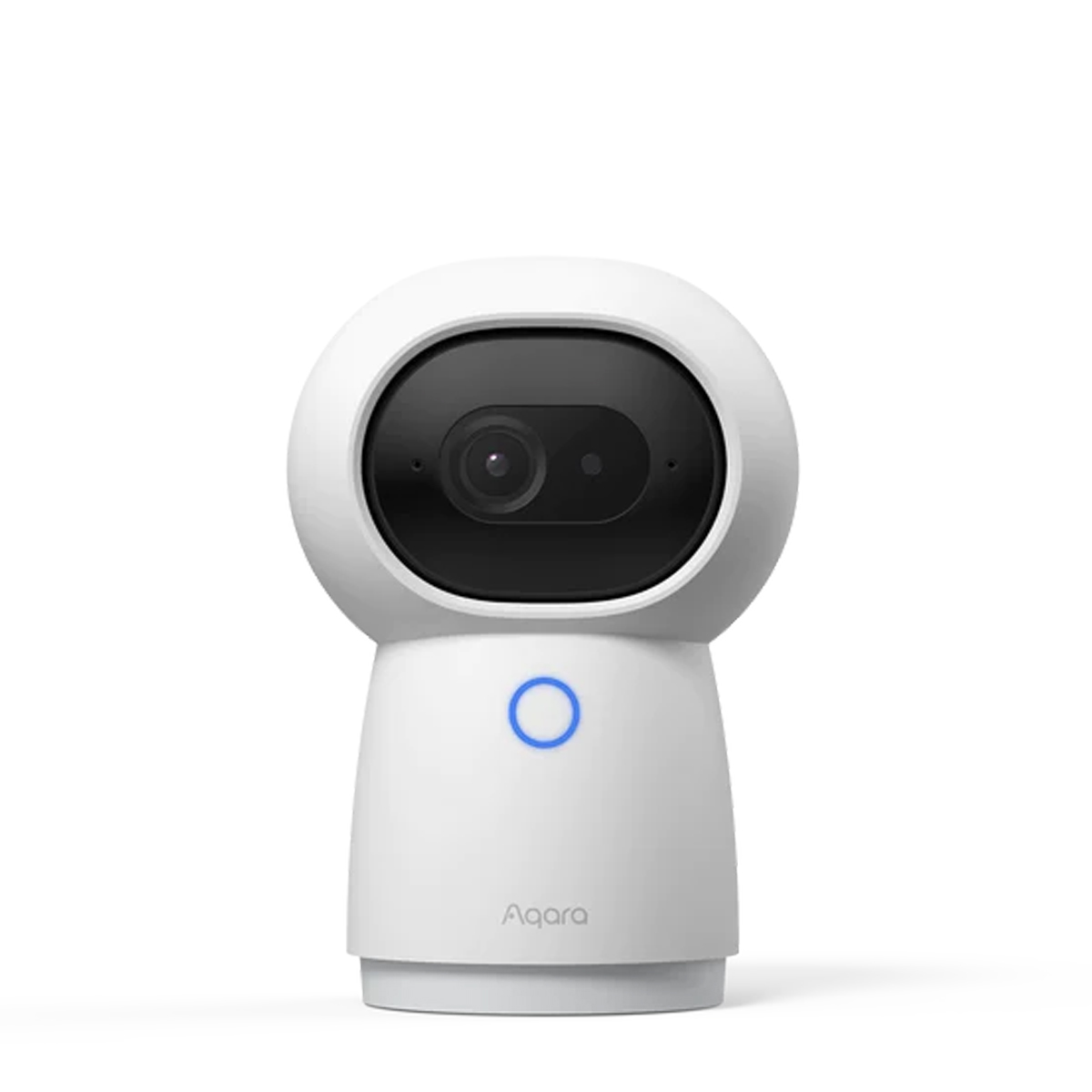
It’s a camera, it’s a hub, it’s a webcam… This little gadget is highly versatile, and you can even control it with hand gestures. Read more below…
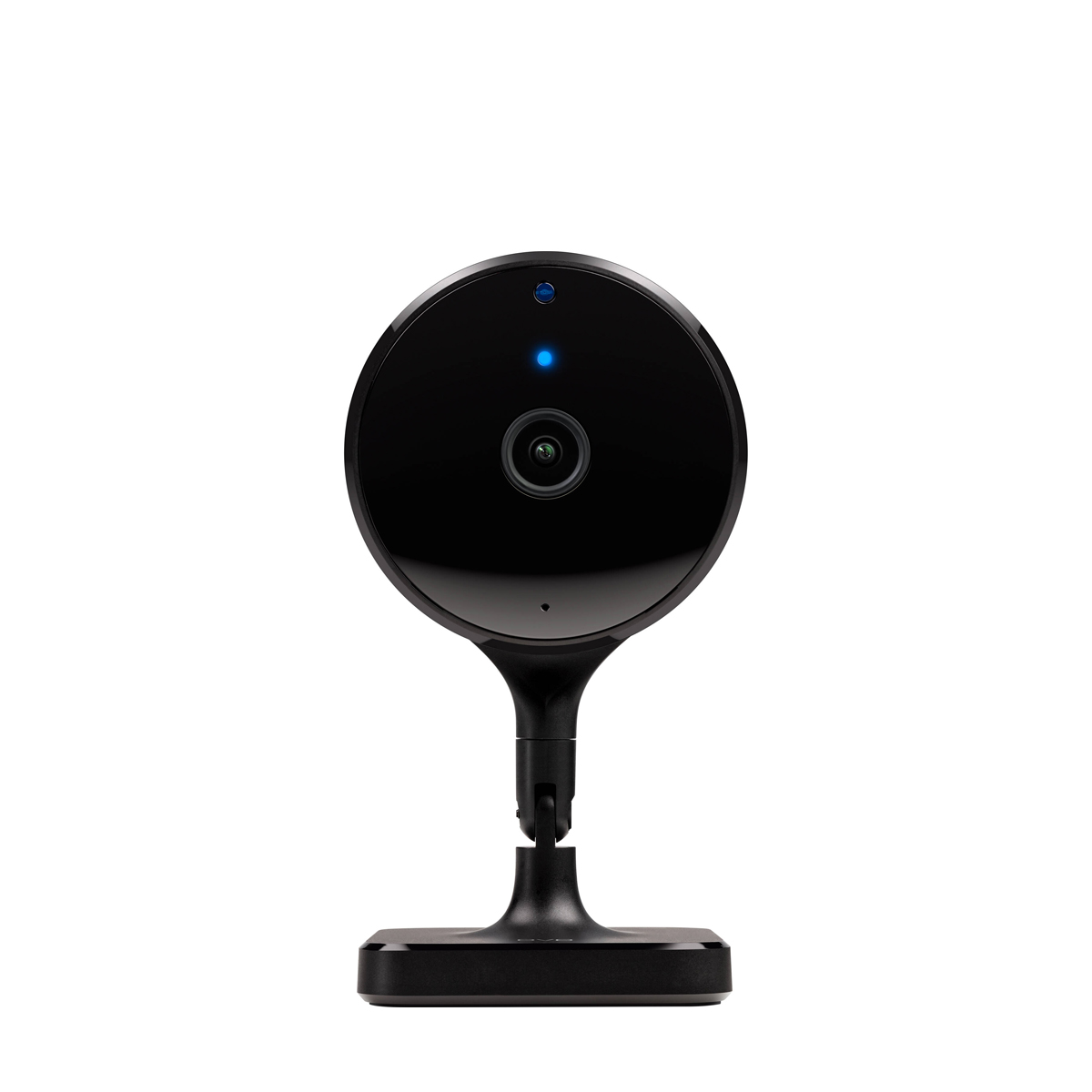
Connect this camera to Wi-Fi and scan a code, and you’re connected to HomeKit, with an effective camera with motion detection. Read more below…
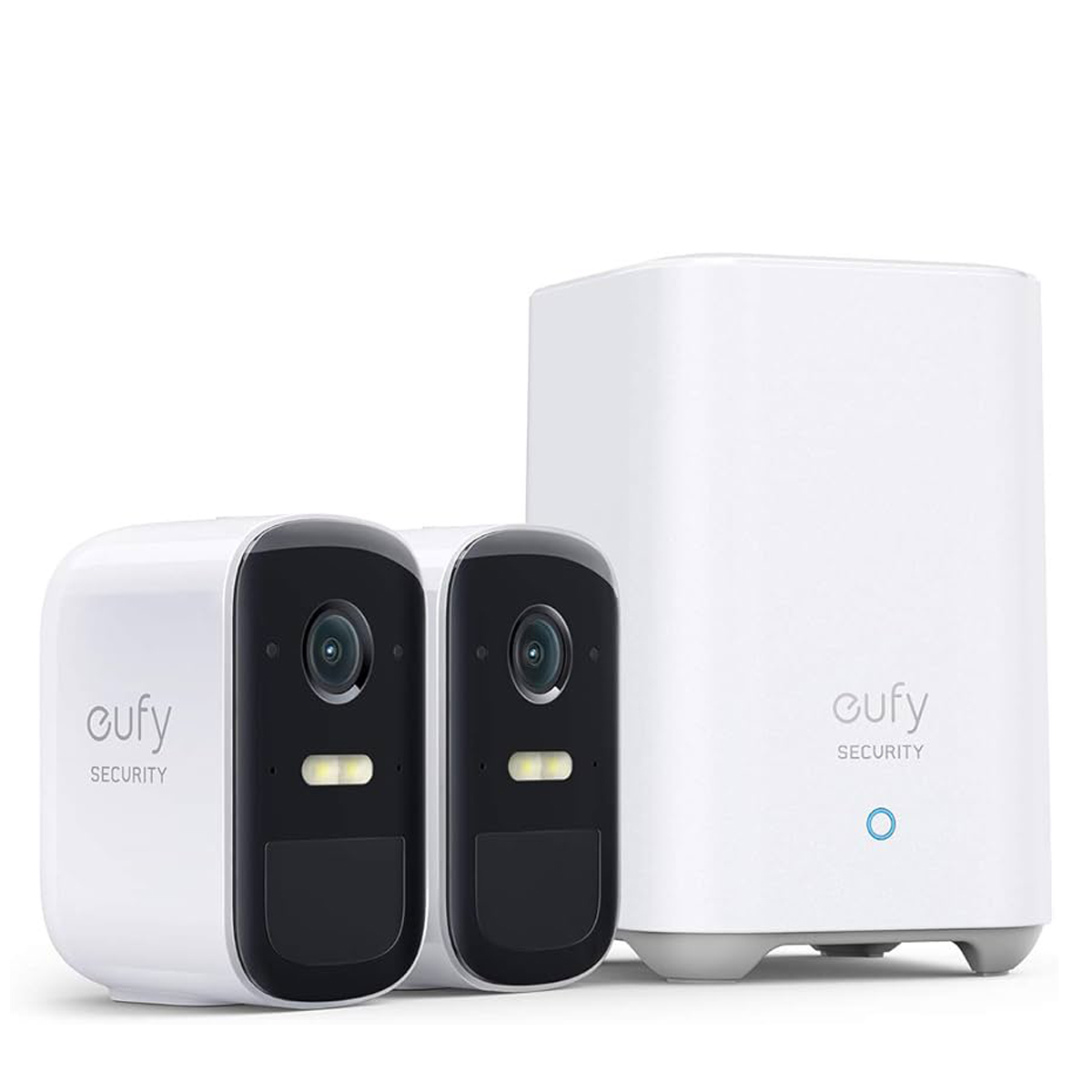
This bundle gives you two quality cameras and a separate unit that can store 3TB of video – all easily connected via Wi-Fi. Read more below…
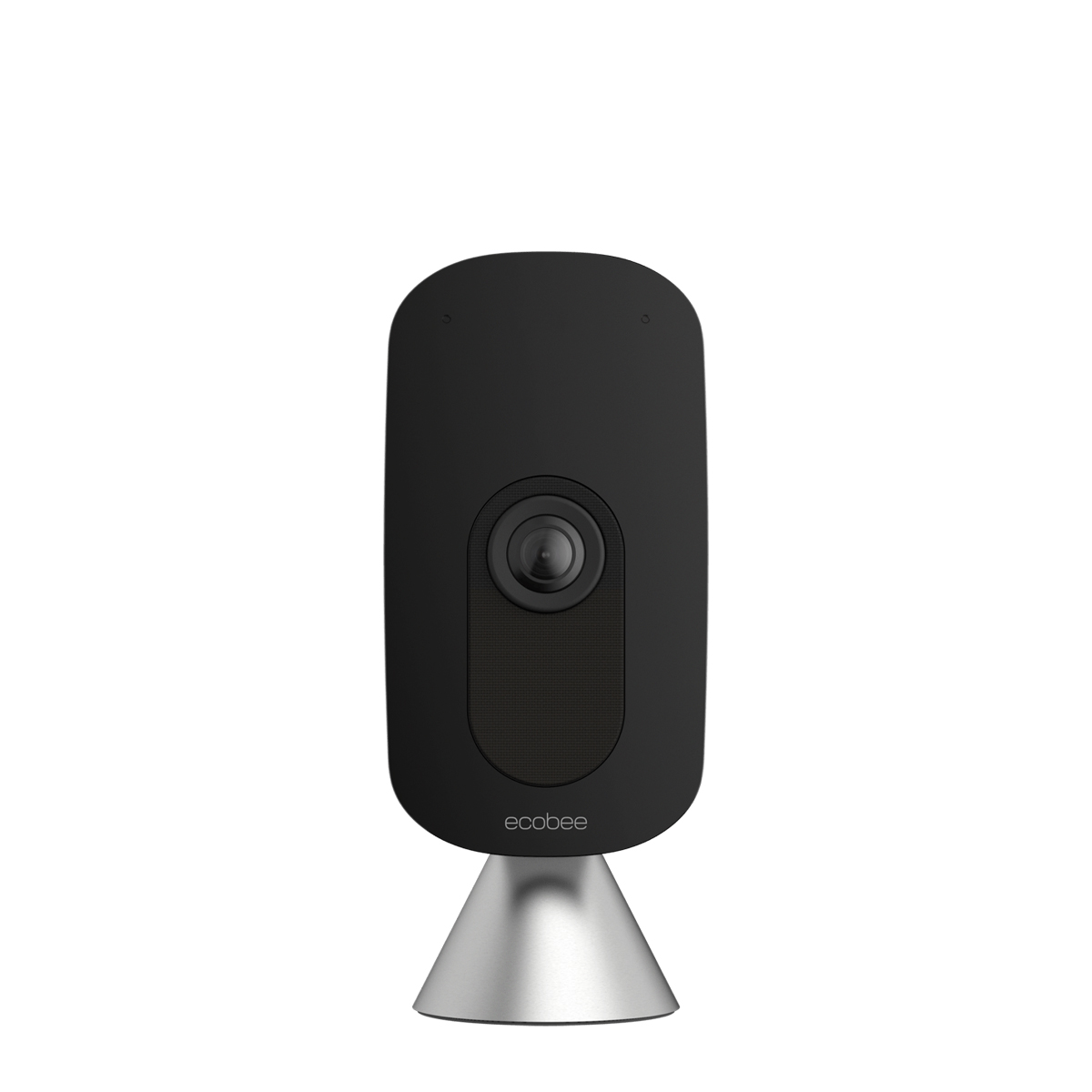
This model can manage the temperature while it keeps an eye on things, and can even alert you if it hears a smoke alarm. Read more below…
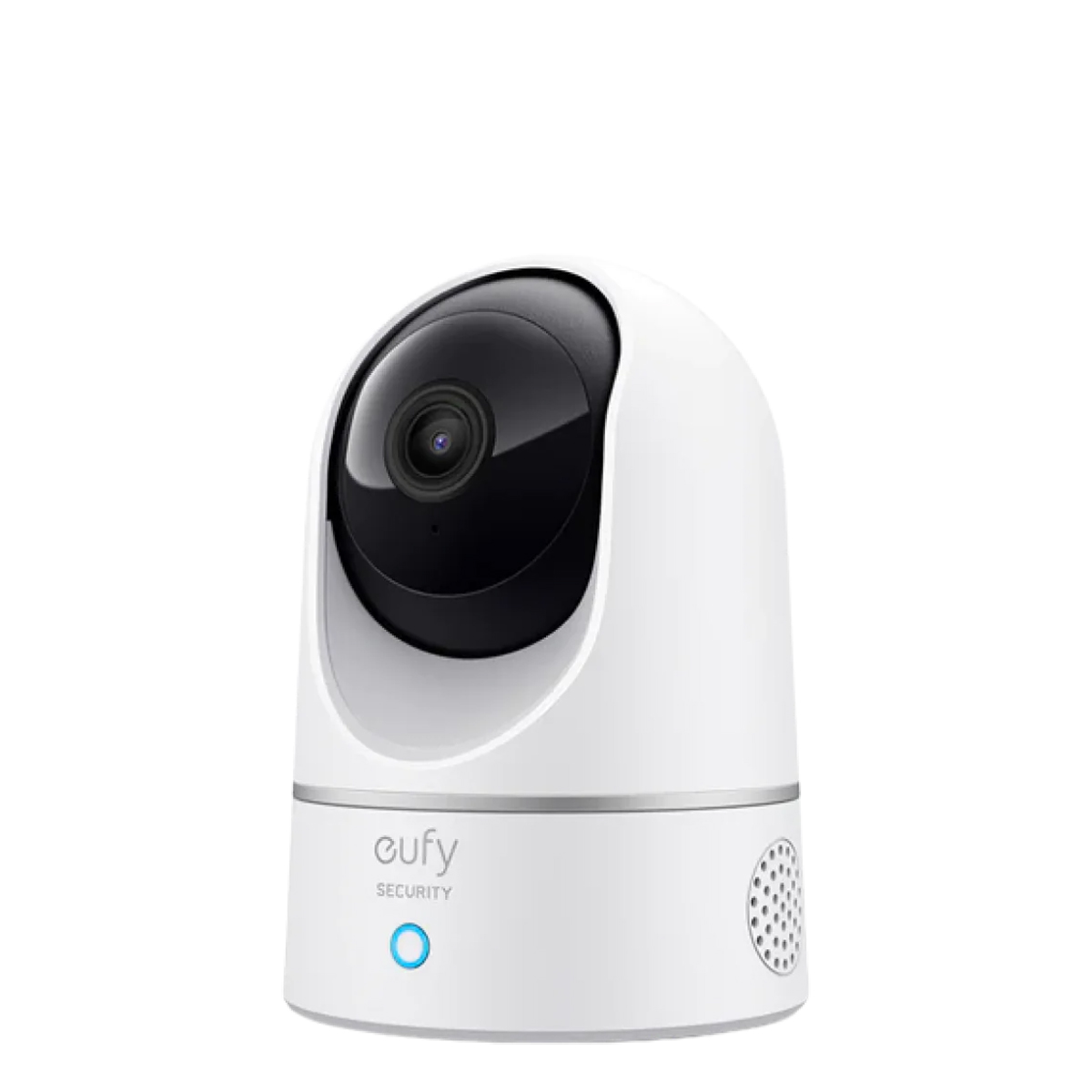
The pan-tilt-zoom mechanism in this camera means it can track a subject around the room after its motion detection has spotted it. Read more below…
View the full list ⤵
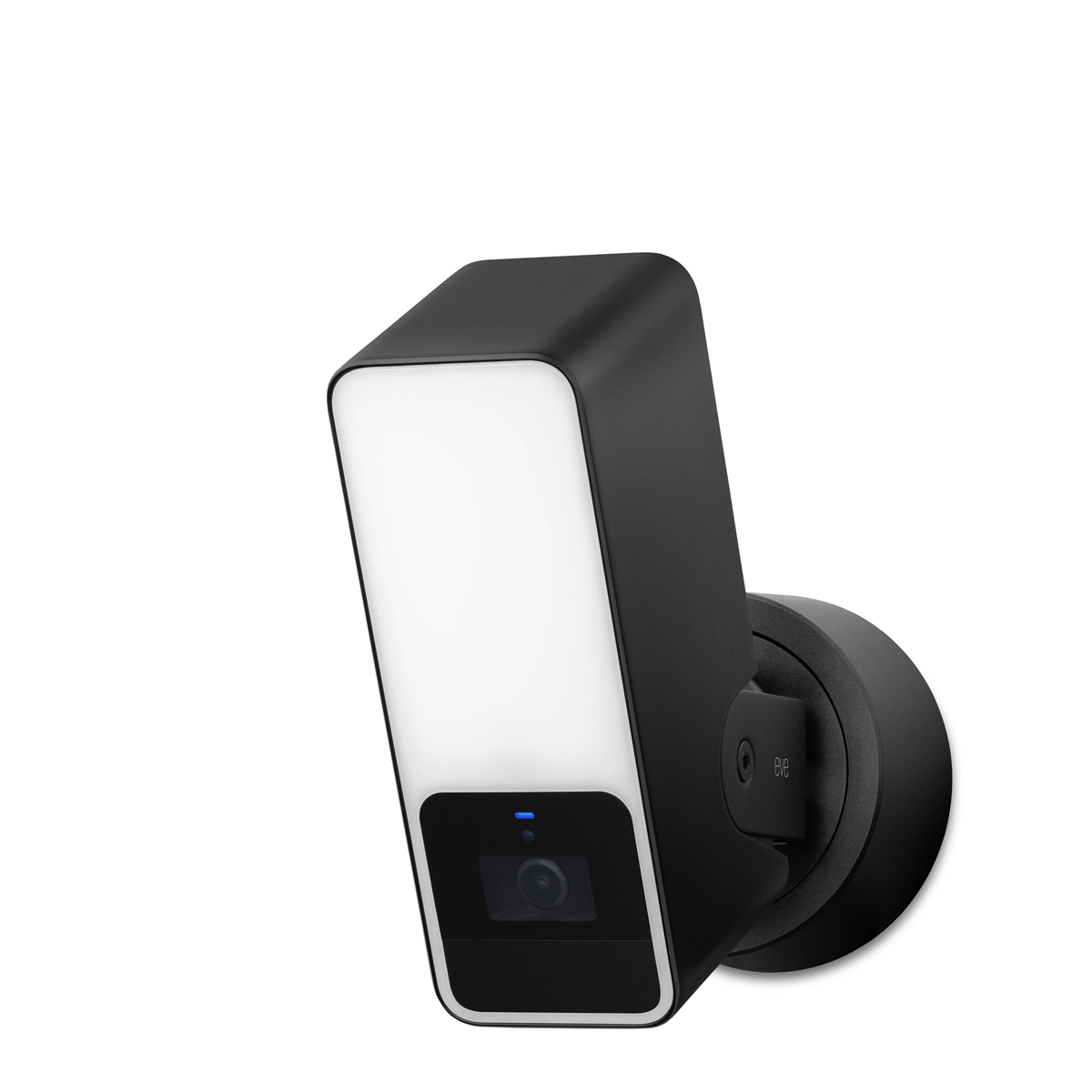
Instead of a regular outdoor night light, you can use this to light a scene, record motion (even in the dark) and have conversations. Read more below…
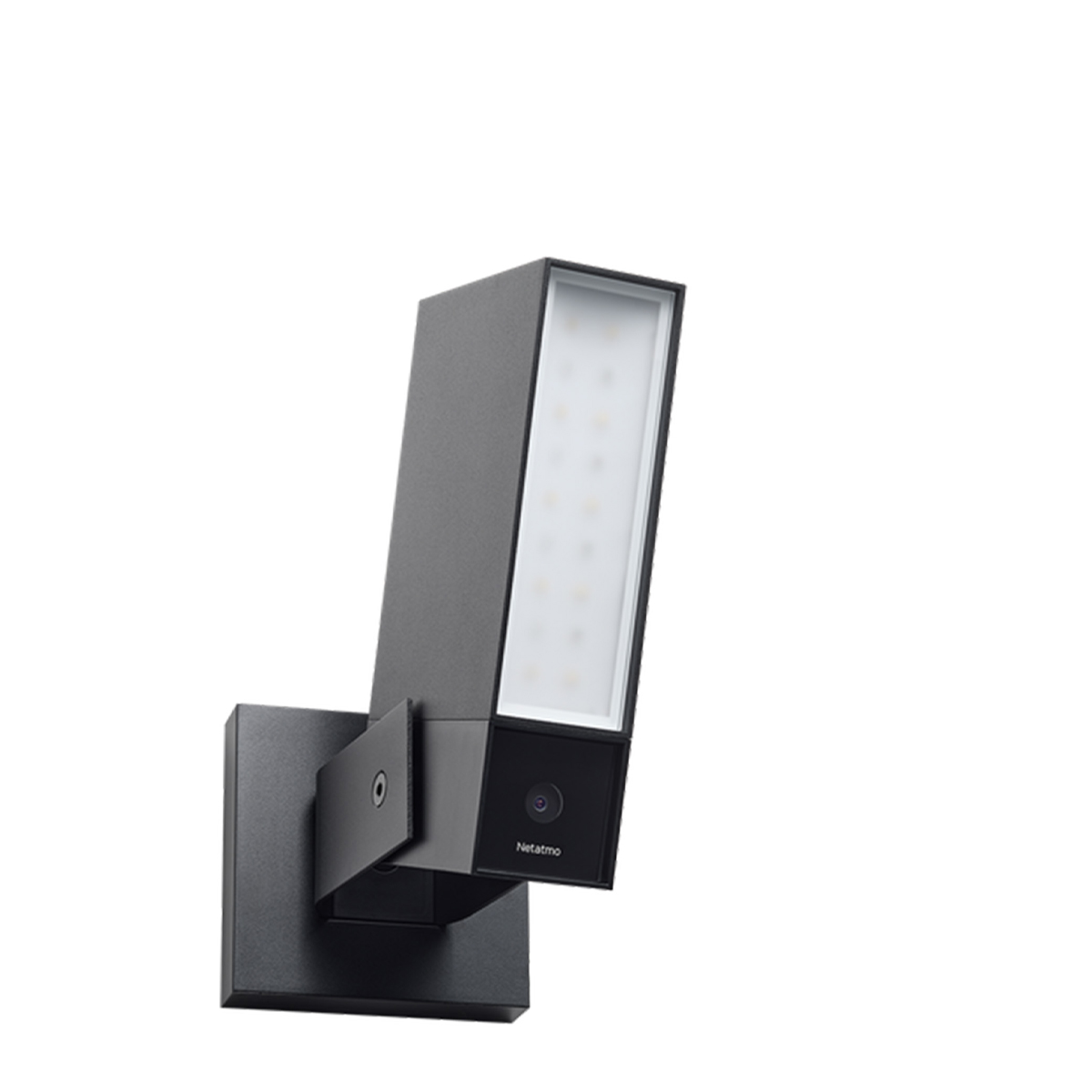
You can get a version of this camera with a 105-decibel siren – plus animal and car recognition to avoid false alarms. Read more below…
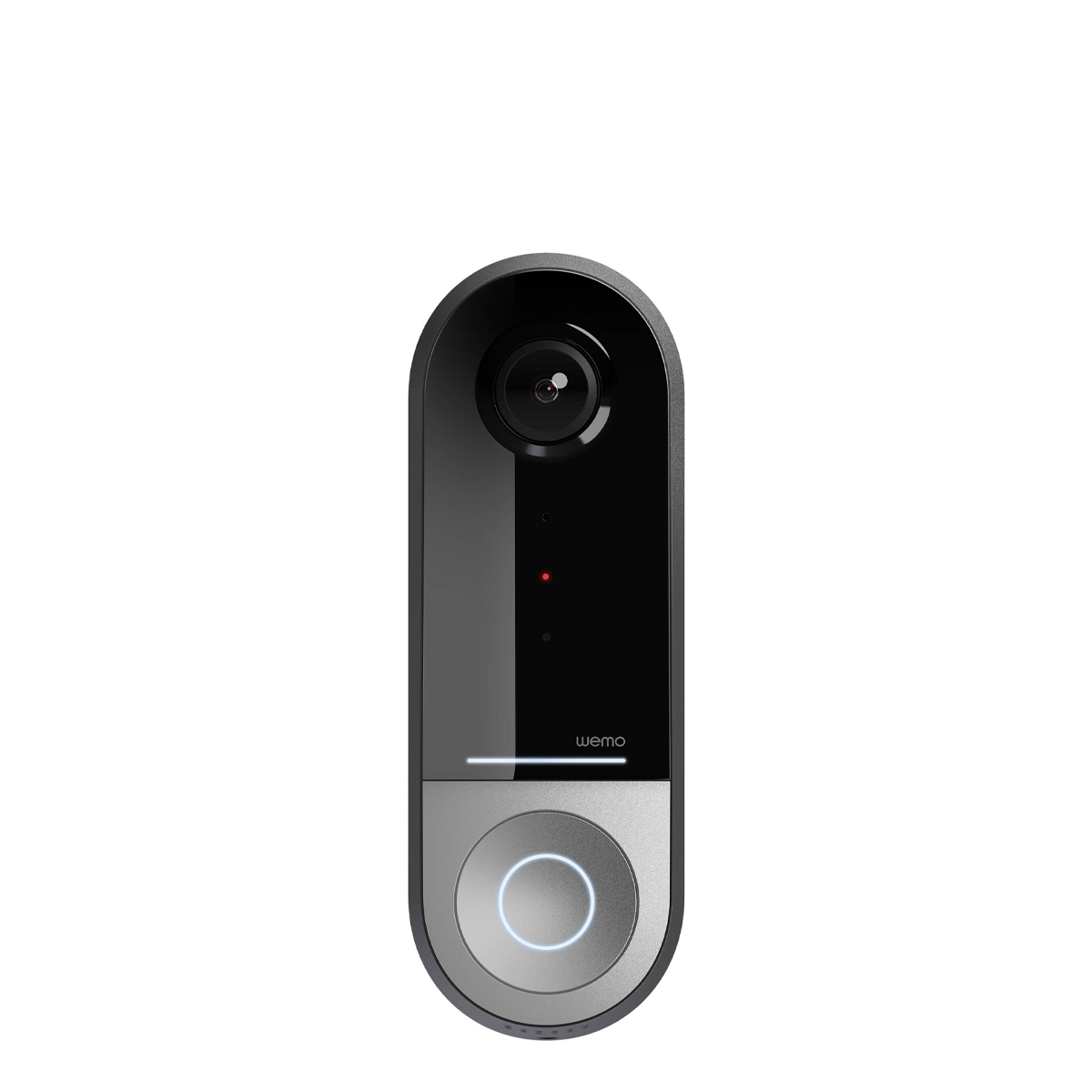
The vertical orientation and fish-eye field of view here mean you can see parcels on the ground as well as visitors. Read more below…
Best HomeKit cameras
Why you can trust Digital Camera World
Best HomeKit camera overall
1. Logitech Circle View
Specifications
Reasons to buy
Reasons to avoid
With an IP64 rating, the stylish Logitech Circle View can live inside or out; it won’t spoil the décor in either spot which is appreciated, though outdoors it’ll need to be sheltered under the eve. As well as the HomeKit encryption, privacy is built right into the design in the form of a simple hinge – it’s reassuring to be able to point the camera down at its own stand or press the physical button on the back.
We also really appreciate the quality visible in the glass optics, which makes this a great choice for a premium environment. The steady refinement of the Apple workflow means setup is painless, too, and in-home analysis can be accessed in the Apple app.
Best HomeKit camera for features
2. Aqara Camera Hub G3
Specifications
Reasons to buy
Reasons to avoid
This is a HomeKit Secure Video and HomeKit smart home compatible camera with a card slot for local recordings; the card you add can save video in the camera’s resolution of 2,304x1,296 pixels, but Apple restricts Secure Video recordings on iCloud+ to 1080p. The camera has a ZigBee 3.0 hub built-in, in case you don’t want to tied in to using HomeKit.
The front of the unusual design places the 3MP camera lens off-center next to an ambient light sensor – there are dual microphones on either side of the glossy black area. There is a large speaker grille at the rear. The designer’s star turn, though, is that the camera literally rolls back in the head to reveal sleepy-looking eyes and the SD card slot.
The power goes in, at least, through a USB-C socket, and the device – which is not short of capability – can also act as a webcam via this connection. That’s just one of the feature list too long to cover, some of which you’ll only be able to access via Aqara’s own app. To give an example, you can set up a hand gesture that uses the built-in IR blaster to turn on your TV!
Best HomeKit camera for simplicity
3. Eve Cam
Specifications
Reasons to buy
Reasons to avoid
The Eve Cam was one of the first cameras built for HomeKit, and it remains a solid choice that's nice and easy to set up. You don't have to download an app: just connect to your Wi-Fi, scan the pairing code, and you'll be up and running.
The camera can rotate (although is not motorized), and the base is magnetic, making it a cinch to attach it to a variety of surfaces. It records every motion automatically, and can distinguish between people and pets.
Footage is captured in 1080p, and night-time recording is good-quality. The Eve Cam saves the footage to iCloud, so you'll need to buy a 50GB iCloud+ storage plan separately. End-to-end encryption means only you can view live and recorded video, which is great for anyone worried about privacy.
Best HomeKit set
4. Eufy eufyCam 2C Pro
Specifications
Reasons to buy
Reasons to avoid
Eufy’s bundle, which provides two cameras and a storage unit, already achieves much of what you might hope for from a security system. It has secure on-site storage (a whopping 3TB encrypted at 256 bits), built-in human detection, and an app capable of alerting you to live events and setting up detection zones. The idea of installing a complete system with premium cameras in one go – and with the simplicity of wireless networking rather than cables – is very tempting, and Eufy achieves it as well as seems possible at the moment.
That is to say: the tech and app are great, but unless the cameras aren’t activated at all, the batteries do tend to need topping up closer to monthly than the 180 days suggested. Color night view means activating that LED floodlight, though at least it is optional.
Best HomeKit camera with thermostat
5. Ecobee SmartCamera
Specifications
Reasons to buy
Reasons to avoid
Want to stay safe and warm? Then this combination of security system and smart thermostat will be a great choice. It comes with HomeKit Secure Video, 1080p video, built-in Alexa, and the motion tracking is excellent. You also get fantastic night time vision thanks to three high-powered infrared LEDs (850nm) with mechanical ICR filter.
The smart camera detects when a person is present and pans across its 180º field of view to keep them in the center of the frame. It works perfectly with HomeKit, and Secure Video is supported too. It also offers smoke detection, so you get a mobile notification if SmartCamera detects a smoke alarm sound when you're out.
Best HomeKit PTZ camera
6. Eufy IndoorCam P24
Specifications
Reasons to buy
Reasons to avoid
Not only is this a PTZ camera (although the zoom function is only digital, up to 8x) but it is one of the more affordable options in the HomeKit market. The design is elegant, with a Micro-USB socket to supply charge, and the microSD card slot is hidden behind the camera (you’ll need to roll its eye back in its head to access it!). This is also where the lens goes in privacy mode, which is reassuring. The glowing blue ring indicating power turns red when motion is sensed.
The camera can be installed via a HomeKit code, but using Eufy’s own app there are extensive extra options to enable a 360˚ rotation mode, motion tracking and so on. You can also activate the built-in siren if you like. Some AI features in the Eufy app are disabled when HomeKit is in control, but you can try enabling them via the Eufy app before setting up in HomeKit.
Best outdoor HomeKit camera
Specifications
Reasons to buy
Reasons to avoid
If you’re looking to eliminate the stresses of battery-powered security lights that require regular maintenance, the Eve Outdoor Cam can make that easier by taking the place of an existing outdoor light and adding a HomeKit Secure Video-friendly WiFi camera.
The two-way-talk has low latency and the notifications are quick. Making do with Apple’s preferred 1080p still produces good-quality video and the camera is quick to spot and (if you choose) illuminate motion thanks to the built-in IR sensor; there’s no dependence on the usually slower visual-light motion detection here.
Traditional mono night-vision is also an option, but the floodlight is effective to about 9m/30ft distance – and can even be given a few seconds’ boost to about double that – so color night vision is excellent.
Read more: Eve Outdoor Cam review
Best outdoor HomeKit camera with alarm
8. Netatmo Smart Outdoor Camera NOC-S
Specifications
Reasons to buy
Reasons to avoid
The Netatmo is an established product, not that you’d know it. It used to be called ‘Presence’ when launched in 2016, though obviously the firmware has changed a bit (support is always a good sign). The elegant aluminum housing will definitely survive a long time outside, even in high levels of UV rays.
If you opt for it, it can contain a real 105dB siren too – no two-way chat and re-purposed audio speaker here. Thanks to the system’s ability to distinguish people from animals and cars at up to 20m (65ft), the siren need not be triggered for every movement; this is the way to turn neighbors into friends (your author is sad to report his neighbors have not invested in such a device).
Best HomeKit smart doorbell
Specifications
Reasons to buy
Reasons to avoid
The WeMo Smart Video Doorbell, one of a limited selection of doorbells for HomeKit users, packs great specifications into a much better-looking housing than the majority of smart doorbells.
The camera has an extraordinary field of view, in a vertical format so anything left on the step is easy to spot. HomeKit is capable of recognizing your visitors from your photos, which puts it a step ahead of other smart doorbells – although it does seem to struggle to some extent with the fish-eye effect on the lens, so it doesn’t always work.
The effect (and Apple’s restriction of HomeKit to 1080p) mean it’s not always that easy to the human eye either, especially at night. There is night vision, assisted by built-in IR lighting, but it is so powerful that at times this can make the foreground (i.e. visitors) somewhat over-lit.
After a long-term trial, the other irk we have found is that the doorbell is fixed to its wall-mounted baseplate with a tiny Torx screw at the bottom. You will, from time to time, need to remove this to access the ‘Reset’ button, and it is very easy to drop the screw (although a screwdriver and one spare screw are supplied).
Read more: Belkin Wemo Smart Video Doorbell review
How to choose the best HomeKit camera
What is a HomeKit camera?
HomeKit is Apple’s smart home system. It enables various accessories, including the security cameras we look at here, to operate within a single ‘ecosystem’. Other items you can add include plugs, lights, locks and thermostats.
Once a camera or other item is connected, you can manage and control using Apple’s Home app, which is provided free on Macs, iPhones and iPads. You can also set up automations to trigger certain actions at a scheduled time, or to send you an alert in response to an event.
Apple maintains a full list of HomeKit-compatible accessories you can browse.
What should I look out for when I am buying a HomeKit camera?
Wired or wireless? Some cameras connect via Ethernet or USB physical connections; to add these to your HomeKit system, you need an Apple device that can function as a hub – these include the Apple TV, the HomePod and the HomePod Mini.
Other cameras can connect over Wi-Fi. This can sometimes cause issues when the camera’s video resolution is high, but Apple limits HomeKit Secure Video to 1080p, which should stream comfortably over Wi-Fi.
Indoor or outdoor? Think about which parts of your home you want to monitor. Indoor cameras don’t have to be protected from the elements, so cost less.
Where am I storing the video footage? The easiest way to store the video footage your camera takes is via iCloud+, Apple’s paid online storage and services plan. If you have just one HomeKit camera, you can use the 50GB iCloud+ plan, which costs just $0.99 / £0.99 a month. The footage from your camera doesn’t count towards your 50GB allocation.
Alternatively, you could invest in physical storage, then either use iCloud+ as backup or skip iCloud+ entirely. If this option appeals, Eufy’s eufyCam 2C Pro bundle, which we look at above, provides 3TB of storage plus two cameras.
Has Apple stopped working on HomeKit?
No, but there are two or three reasons why people think HomeKit has been abandoned or scaled back:
Change to Apple Home branding – It is now more common for products to say that the 'Work with Apple Home' than 'Work with HomeKit'. HomeKit is still he name that is used by developers for the technology underneath – the networking protocols – but 'Apple Home' is the name of the app, so it makes more sense to go with a friendlier name.
Apple HomeKit Routers – There was a time when Apple also seemed to be growing their own product line, including making its own routers. They were expensive and the company has scaled this back. That doesn't mean there has been any reduction in the camera or security products.
Apple Home / HomeKit is competition for big names like Ring – If you use a system like Apple Home, then you will choose Apple's subscription for cloud services. Because the biggest prize for the companies involved is a recurring subscription (money in the bank every month they can show their shareholders) the bigger brands would prefer to offer their own cloud service rather than support HomeKit.
As such, the support might seem limited, but that is simply economics at work – not the failure of the platform.
How we test security systems and cameras
We have a test facility with wired and wireless cameras, and endeavor to try camera systems in a real environment, connected to a real network. We have set up different lengths of Ethernet and PoE, and test cameras at night and day. We sample systems in an appropriate setting like a real home, over a few days or weeks, to confirm promises about things like camera AI and system reliability.
Find out more about how we test and review on Digital Camera World
Today's prices compared
The best camera deals, reviews, product advice, and unmissable photography news, direct to your inbox!

With over 20 years of expertise as a tech journalist, Adam brings a wealth of knowledge across a vast number of product categories, including timelapse cameras, home security cameras, NVR cameras, photography books, webcams, 3D printers and 3D scanners, borescopes, radar detectors… and, above all, drones.
Adam is our resident expert on all aspects of camera drones and drone photography, from buying guides on the best choices for aerial photographers of all ability levels to the latest rules and regulations on piloting drones.
He is the author of a number of books including The Complete Guide to Drones, The Smart Smart Home Handbook, 101 Tips for DSLR Video and The Drone Pilot's Handbook.
